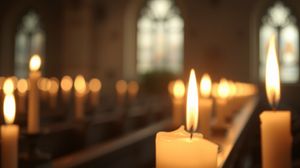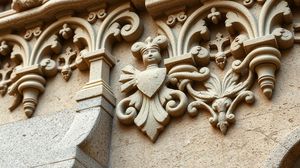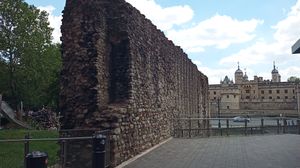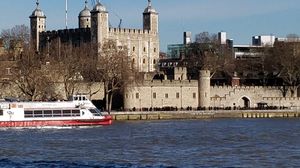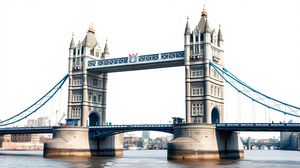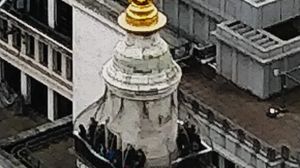
All Hallows by the Tower is one of the most historic churches in London, having been founded in 675 AD by the Abbey of Barking. It is the oldest church in the City of London, possessing a rich blend of history and architecture that fascinates visitors and locals alike.
The church's unique connection to major historical events is a significant draw. It survived the Great Fire of London in 1666, thanks in part to the efforts of Admiral William Penn, father of the founder of Pennsylvania, who used it as a firebreak to save the Tower of London.
Some fascinating archaeological features lie beneath All Hallows by the Tower. Beneath the nave, you'll discover a crypt museum which includes a remarkably well-preserved section of Roman pavement, dating back to the second century. This offers a glimpse into the ancient roots of the city.
This church is steeped in intriguing history, having seen the baptism of William Penn, famed Quaker and founder of Pennsylvania, in 1644. It's also known as the church where John Quincy Adams, the sixth president of the United States, was married in 1797.
Architecturally, All Hallows by the Tower showcases an amalgamation of different styles. Following bomb damage during World War II, restoration efforts uncovered and preserved some of its most ancient aspects, which include Saxon and Norman details alongside later Gothic Revival elements.
An interesting artifact housed within the church is the Grinling Gibbons font cover, one of the few carved by the renowned sculptor and wood carver, known for his work in St. Paul's Cathedral and Windsor Castle.
All Hallows by the Tower plays host not just as a church, but as a concert venue, taking advantage of its remarkable acoustics. This adds a cultural dimension to its historical setting, providing visitors a mix of music and history.
Visiting All Hallows by the Tower provides an opportunity to engage with a trove of historical curiosities, such as its links with the Knights Templar who are rumored to have conducted secret meetings within its walls in the 12th century.
The church connects to well-known figures such as Samuel Pepys, who watched the Great Fire of London unfold from its tower. It's an edifice that has woven itself into the very fabric of London's extraordinary history.

Making the Most of Your Visit:
Make sure to explore the crypt museum beneath the church. It's not something you stumble upon every day—there's a well-preserved Roman pavement down there, giving you a tangible sense of London's ancient history right under your feet.
Look out for the Grinling Gibbons font cover, a true masterpiece of wood carving. It's a rare chance to admire the work of one of the 17th century's most celebrated artisans, who also did pieces for St. Paul's and Windsor Castle.
Keep an eye out for any concerts being held during your visit. The church's acoustics are fantastic, and attending a performance there against such a historic backdrop makes for a truly special experience.
Don't miss the chance to step into a bit of transatlantic history. Note that both William Penn and John Quincy Adams have strong links to this church, providing a unique connection to American history you wouldn't expect to find in a London church.
Check out the views of the Great Fire of London from a different perspective. Imagine Samuel Pepys watching the inferno from this very site; it gives an impressive context to the city's history during that era.

Visiting Times & Costs:
All Hallows by the Tower is open to the public and offers a remarkable chance to explore one of London's oldest churches.
The church is generally open daily, though hours may vary due to special events or services. It is recommended to check their schedule prior to visiting.
Entrance to All Hallows by the Tower is free; however, donations are appreciated to assist with the church's maintenance and ongoing activities.
Visitors should note that the crypt museum, where the Roman pavement is located, is open to the public at no additional cost.
Accessibility: The church strives to be accessible to all visitors. There is access for wheelchairs into the main church area. However, certain parts, such as the crypt museum, might present challenges due to steps and limited space.
Overall, All Hallows by the Tower provides a fascinating glimpse into history without any entrance fees, though support through donations is encouraged to preserve its heritage for future generations.

Address & Map:

Nearby:

